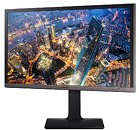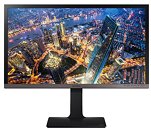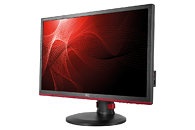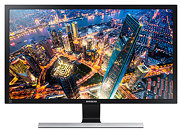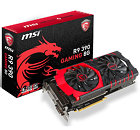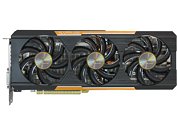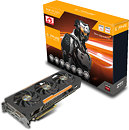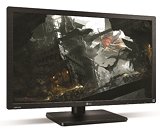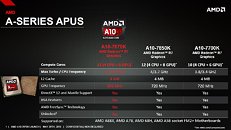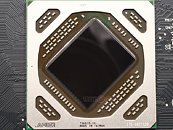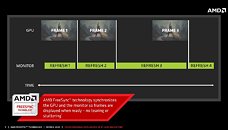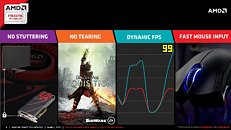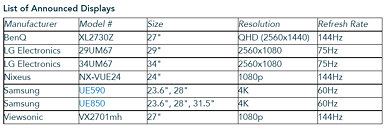
ASUS Announces MG278Q 27-Inch 144 Hz FreeSync Gaming Monitor
ASUS today announced MG278Q, a 27-inch widescreen-quad-high-definition (WQHD) display designed for professional gaming. It features an almost-instantaneous 1 ms response time; as well as an incredible 144 Hz refresh rate and AMD FreeSync technology for smooth, seamless gameplay. MG278Q has an ergonomic design, and has Ultra-Low Blue Light and Flicker-Free technologies to protect users' eyes during marathon gaming sessions. ASUS-exclusive enhancements like GamePlus and GameVisual technologies give users an advantage in the gaming arena.
Highly-detailed cinematic visuals
ASUS MG278Q represents a new generation of displays, boasting a WQHD resolution (2560 x 1440) panel with a pixel density of 109 pixels per inch (PPI). The latest MG278Q display delivers highly-detailed images, and has up to 77% more onscreen desktop area than similarly-sized standard Full HD (1920 x 1080) displays.
Highly-detailed cinematic visuals
ASUS MG278Q represents a new generation of displays, boasting a WQHD resolution (2560 x 1440) panel with a pixel density of 109 pixels per inch (PPI). The latest MG278Q display delivers highly-detailed images, and has up to 77% more onscreen desktop area than similarly-sized standard Full HD (1920 x 1080) displays.









